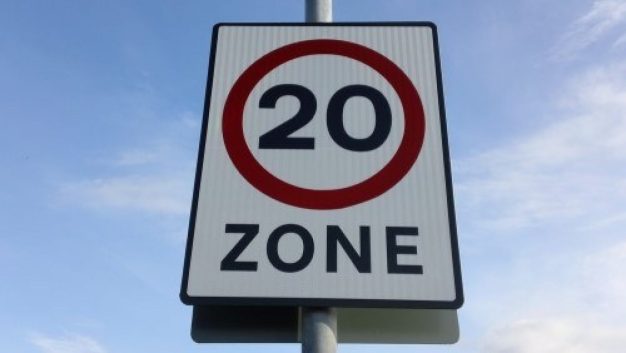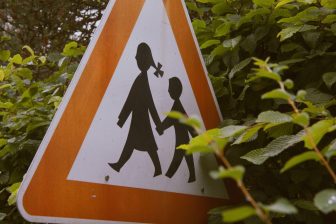
Could 20 mph become ‘the norm’ on UK roads?
Such a move would, of course, have significant implications for the safety of children on the roads, as they are among the most vulnerable of road users, be it as passengers in vehicles, pedestrians or cyclists.
A spokesperson for the DfT told the Sunday Times that the government had always been keen to see road designs that enable low speeds to prioritise safety. “It is for local authorities to consider setting 20 mph speed limits on streets where people and traffic mix,” they added.
It also feeds into the policies of some of the UK’s more proactive local authorities on issues around urban speeds and the safety of vulnerable road users. The London district of Hackney, for instance, has just announced plans to make three-quarters of the borough low traffic. This includes better walking routes, new School Streets at all local primary schools and expanding it to secondary schools.
Meanwhile Brake, the UK’s foremost road safety charity, has long supported a move to slower speed limits, maintaining that an average speed reduction of just a single mile per hour reduces the chances of a crash by five per cent.
Brake is also a leading champion of the ’20’s Plenty for Us’ movement, a UK-based non-profit set up in 2007 with the aim of making 20mph the ‘norm’ in villages, towns and cities. There are now some 600 local movements with the same aims.




